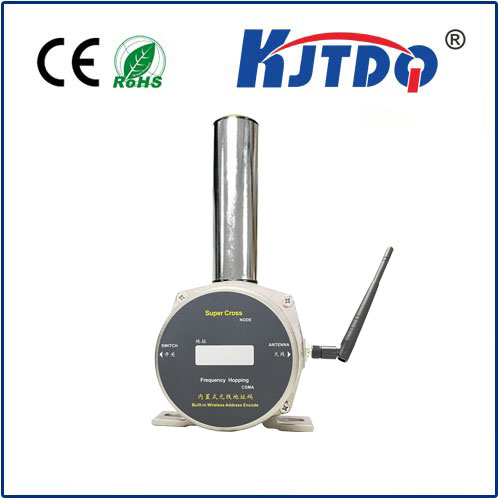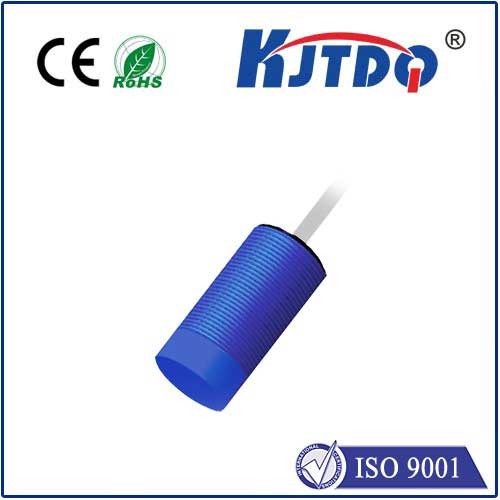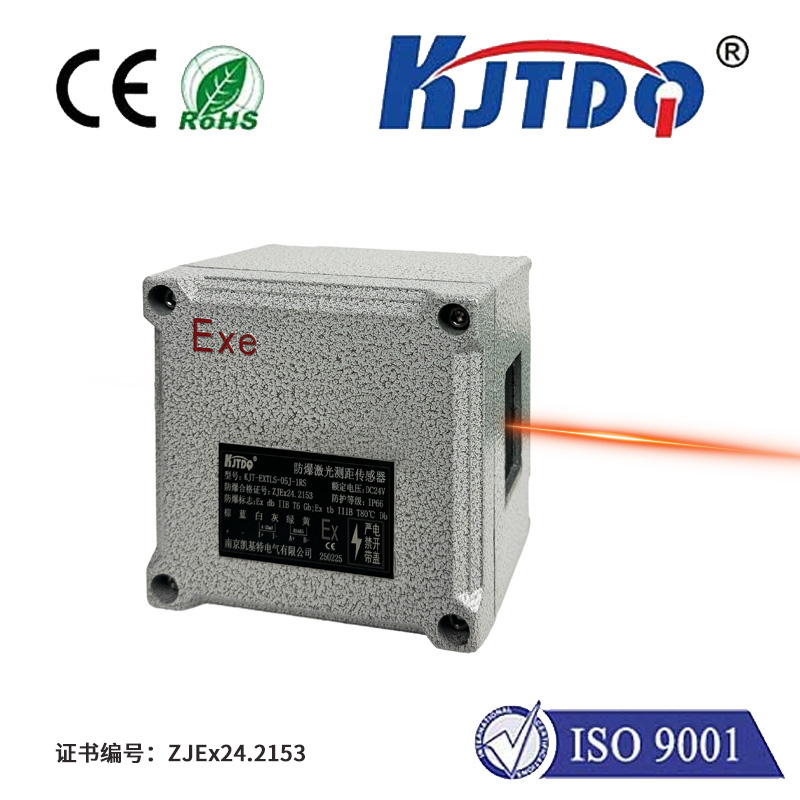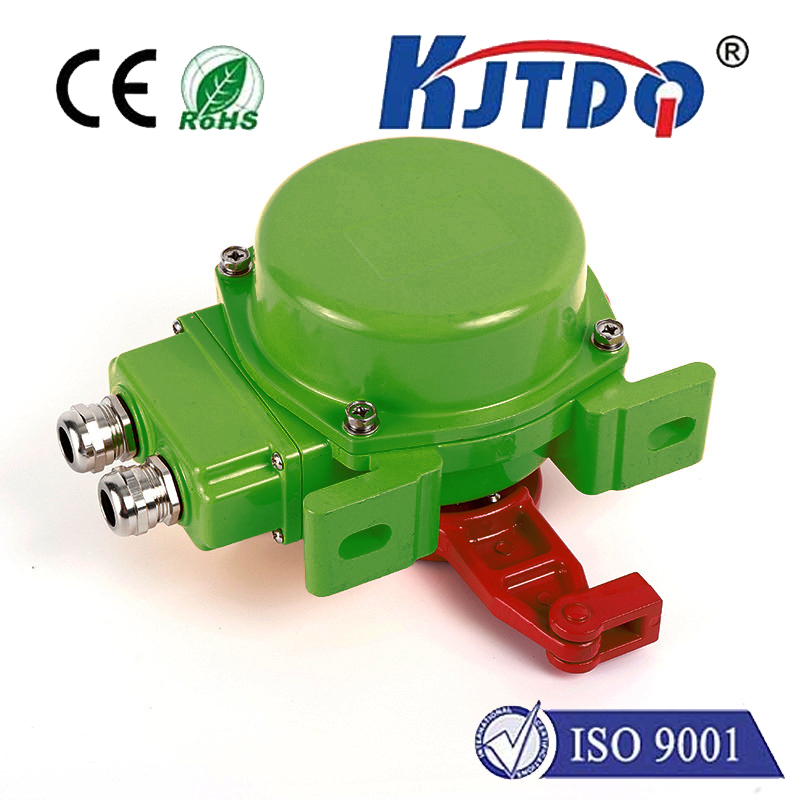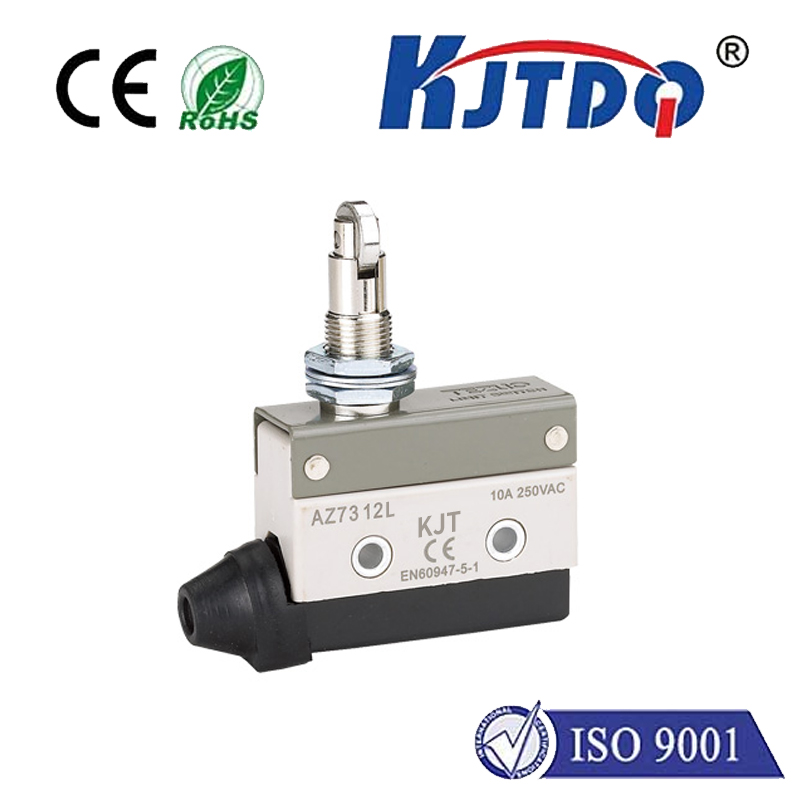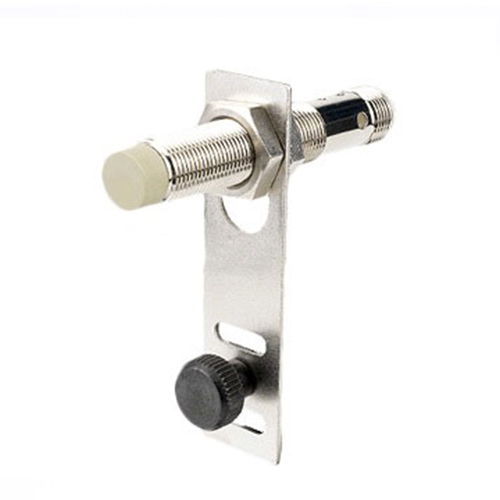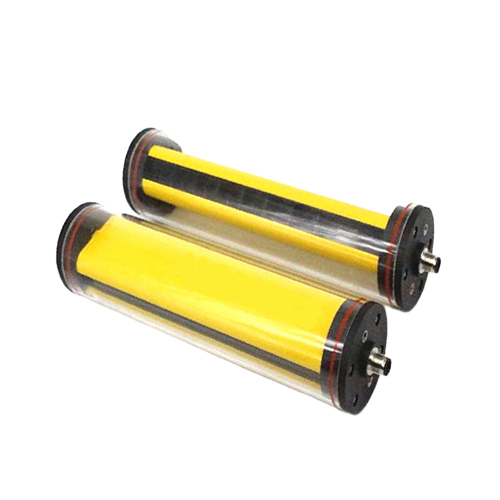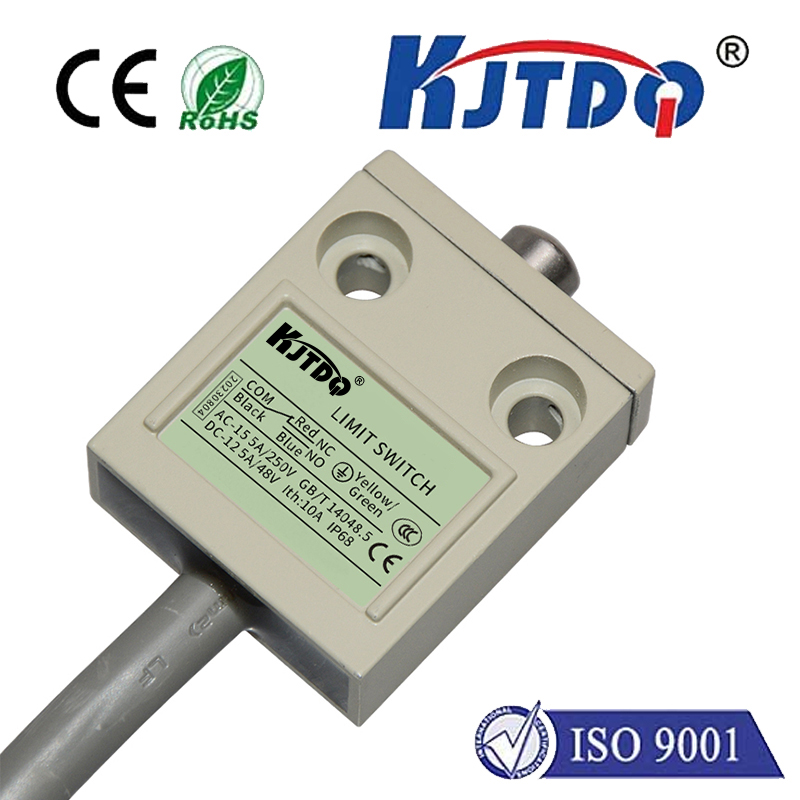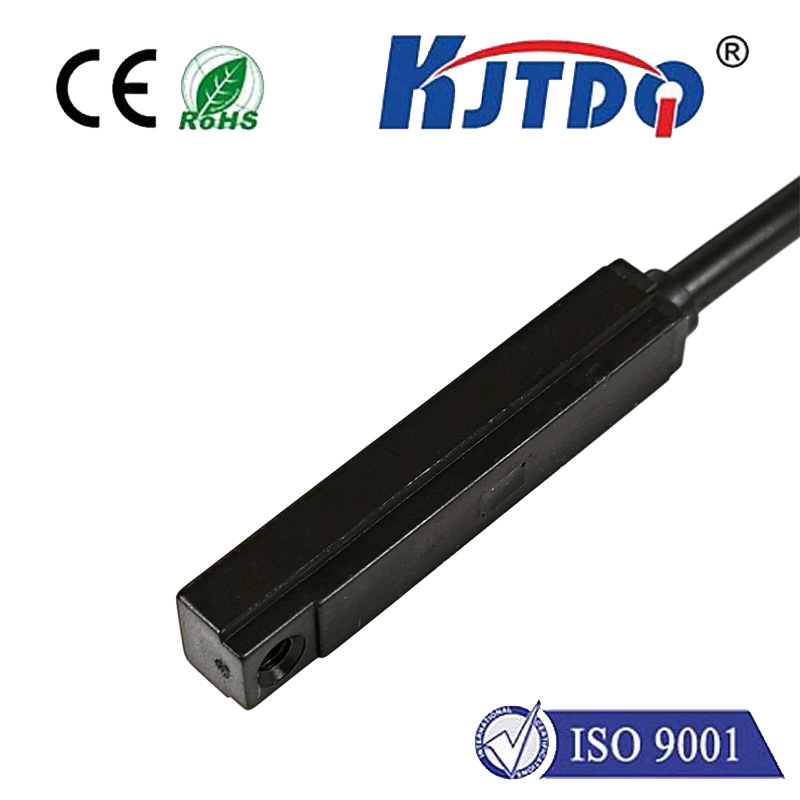

check

check

check

check

check

check

check

check

check

check
Title: The Evolution and Applications of TOF Laser Technology
The Time-of-Flight (TOF) laser is a revolutionary technology that has transformed various industries by providing accurate distance measurements. This article will explore the evolution and applications of TOF laser technology, highlighting its significance in modern society.
The TOF laser works on the principle of sending out a laser beam and measuring the time it takes for the light to bounce back after hitting an object. This information is then used to calculate the distance between the sensor and the object. The technology has undergone significant advancements over the years, resulting in improved accuracy, reduced size, and increased speed.

One of the primary applications of TOF laser technology is in autonomous vehicles. Self-driving cars rely heavily on accurate distance measurement systems to ensure safe navigation on roads. TOF lasers are ideal for this purpose as they provide real-time data with high precision, enabling vehicles to detect obstacles and make split-second decisions.
In addition to automotive applications, TOF laser technology has also found widespread use in industrial automation. Manufacturing processes require precise measurements to produce high-quality products efficiently. TOF lasers can quickly scan complex objects and provide detailed 3D models, aiding in quality control and inspection.
Another area where TOF laser technology has made significant strides is in consumer electronics. Smartphone manufacturers have incorporated TOF lasers into their devices for features such as facial recognition and augmented reality. These applications demonstrate the versatility of TOF laser technology and its potential for further integration into everyday devices.
The healthcare industry has also benefited from TOF laser technology. Medical professionals use TOF lasers for non-invasive diagnostic procedures like dermatology and ophthalmology. By accurately measuring tissue depth and blood flow, doctors can diagnose conditions more effectively while minimizing patient discomfort.
TOF laser technology has even made its way into sports and entertainment. Coaches and athletes use TOF lasers to analyze performance metrics during training sessions, helping them improve technique and achieve better results. In entertainment, TOF lasers are used for motion capture in movies and video games, creating realistic animations and enhancing user experiences.
In conclusion, the Time-of-Flight laser technology has come a long way since its inception and has become an integral part of numerous industries. Its ability to provide accurate distance measurements has led to its widespread adoption in autonomous vehicles, industrial automation, consumer electronics, healthcare, sports, and entertainment. As technology continues to advance, we can expect to see even more innovative applications of TOF laser technology in the future.
